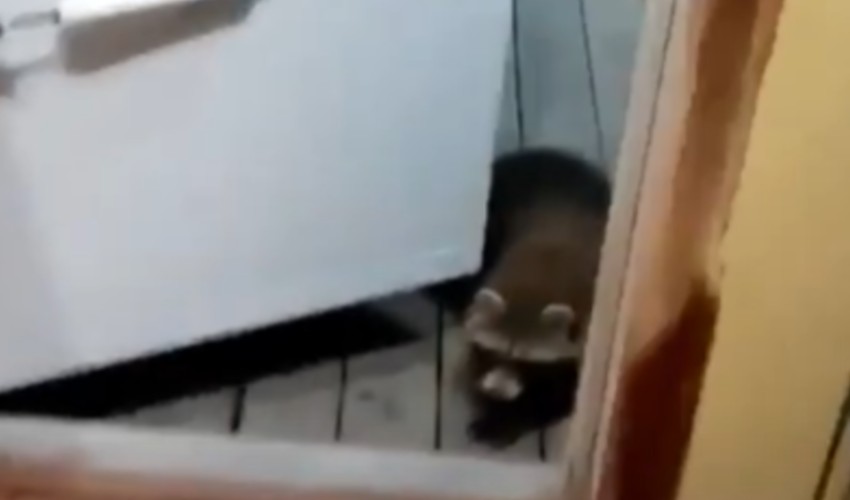
Raccoons are one of the most common wild animals you will find in your home, especially if you live somewhere in North America. Distinguishable by their larger bodies (larger than most people expect), black rings on the tail, and black markings around the eyes, they might appear utterly adorable but really, they are scavengers and that’s just what they’ll do in your home.
They’ll scavenge your garbage can, knocking it over and making a right mess in an attempt to get to those delicious leftovers you keep coming out. They’ll even break screens over windows to get to the sausages you have left to defrost on the kitchen side. Soffits, fascias, guttering, vents… All places that are likely to become damaged in the course of a raccoon trying to break into your home. And that’s before they start ruining the foundation and structures of your home, scrambling around in the attic and wall crevices.
Of course, they aren’t trying to break into your home to deliberately annoy you. They are doing it because technically you (well, humans) are destroying their natural habitat. Those little nooks and crannies they would normally come across in the wild are being destroyed, giving them no safe, secure place to call their home, to raise a family and rest their weary heads. Brush piles and rock clefts are great places for a raccoon, but recent studies seemed to suggest that the majority of raccoons would much rather sleep in hollow trees, as well as tree roosts. These are no longer so readily available, so your attic, garage, shed or barn provides the perfect compromise… For the animal anyway.
Things will tend to get super active during the warmer, spring months because this is when the mating season starts, and both males and females get a lot more sociable and a lot more vocal about it too. Believe it or not, the raccoon is not a solitary animal and will often share habitats with other raccoons, as long as there is enough space to happily contain them both.
After a couple of months, the babies are born, normally around three to six babies at a time. Completely weaned within a couple of months after that, the autumn will normally see the kids trotting off on their own, with females reaching sexual maturity at about a year old. Males take a little longer - around the two year mark.
With tactile hands and smart eyes, they love to eat things like insects - grasshoppers, crayfish, crickets, beetles, etc. With their hands, they make great use of your human leftovers, and will even rummage through your garbage can to see if there is anything tasty inside. They’ll also steal dog food off the porch if it is left there for long enough, and they aren’t averted to breaking through window screens and netting to get to something you may have left uncovered on the kitchen counter. During the spring, they like to ‘fatten up’.
When the winter comes, although they don’t normally hibernate, they will sleep for a big part of it, especially seeing as food is scarce. They need to fatten up during the spring so that they have enough resources to get them through the long, cold months ahead.
If they are lucky, the raccoon will make it to fifteen years of age. Generally, they get killed off before that, most of them within the first two or three years of their life. They’ll often get knocked down by passing vehicles as they scamper across roads to get to the tasty roadkill. Some of them will be killed off by people trying to get them out of their homes, using incorrect traps, poisons, and other incredibly inhumane methods. There are humane ways of getting rid of these animals, and should always use those methods. Whether or not you like to believe it, racoons are an essential part of the ecosystem, and don’t deserve to get killed.
Although not really dangerous, preferring to scuttle away rather than face confrontation with a human, mothers will defend their young to the death, and they will put up a fight if you try to encourage them away from your home. Cornering them isn’t a wise idea as they can lash out if provoked, and they are one of the most common carriers of the rabies virus - something you definitely don’t want to come into contact with.
The best way to get rid of a raccoon in your home is to call a pest removal specialist to do the job for you. If you do successfully manage to trap the critter (remember that they can get very big in size), you will need to relocate it to a comfortable, safe environment, at least 10-15 miles away. Any closer than that, and it WILL find its way back to your property. You have been warned!
Go back to the raccoontips.com home page.
Copyright 2021 - raccoontips.com
Raccoon Resources and Tips